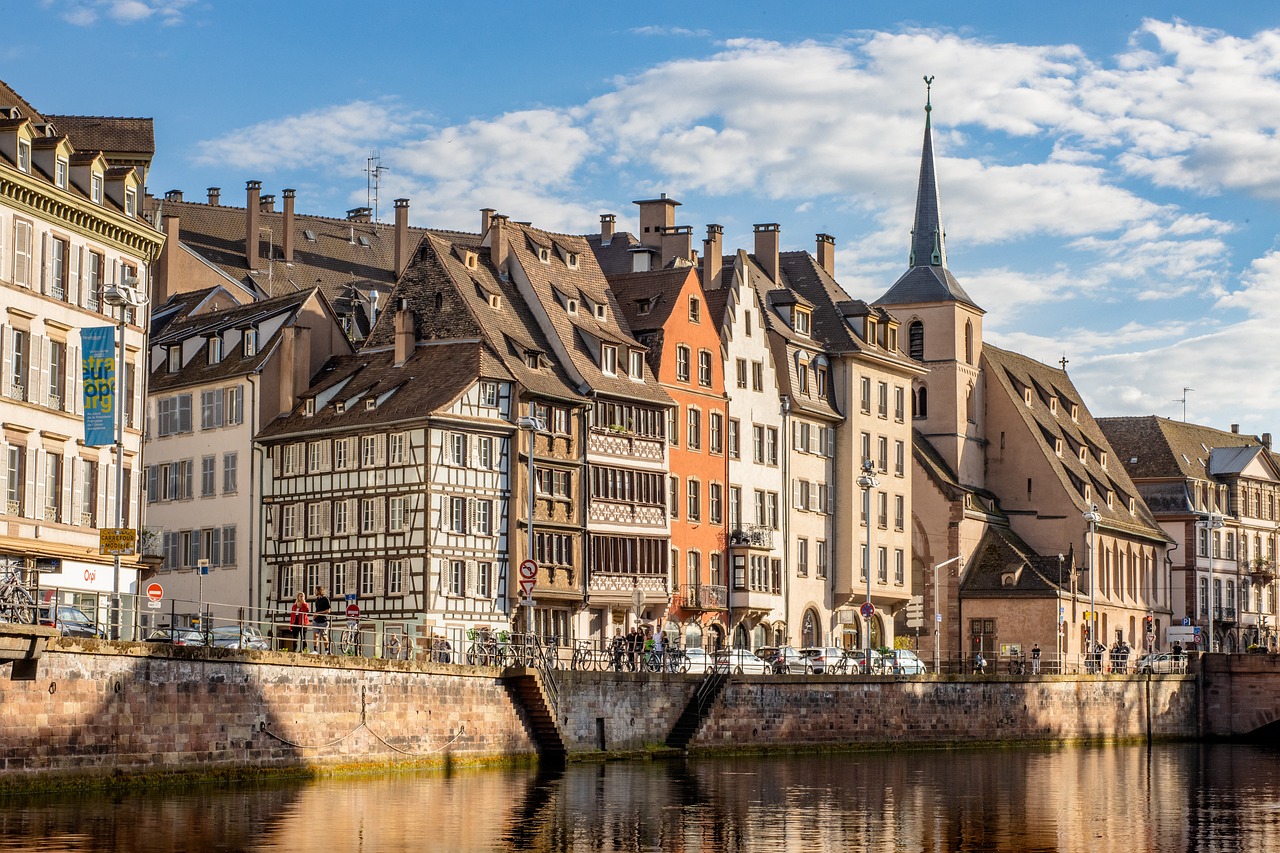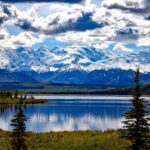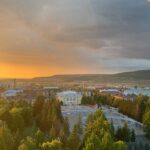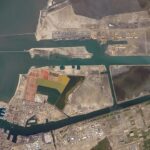Quick Bits:
Strasbourg stands at the crossroads of Europe. This historic city in northeastern France whispers stories of empires, revolutions, and unity. Its cobbled lanes tell tales from both sides of the Rhine, shaped by French elegance and German resolve. It is where the past thrives in every corner, yet the future gets drafted in the halls of international institutions. The city merges its ancient roots with vibrant, modern spirit.
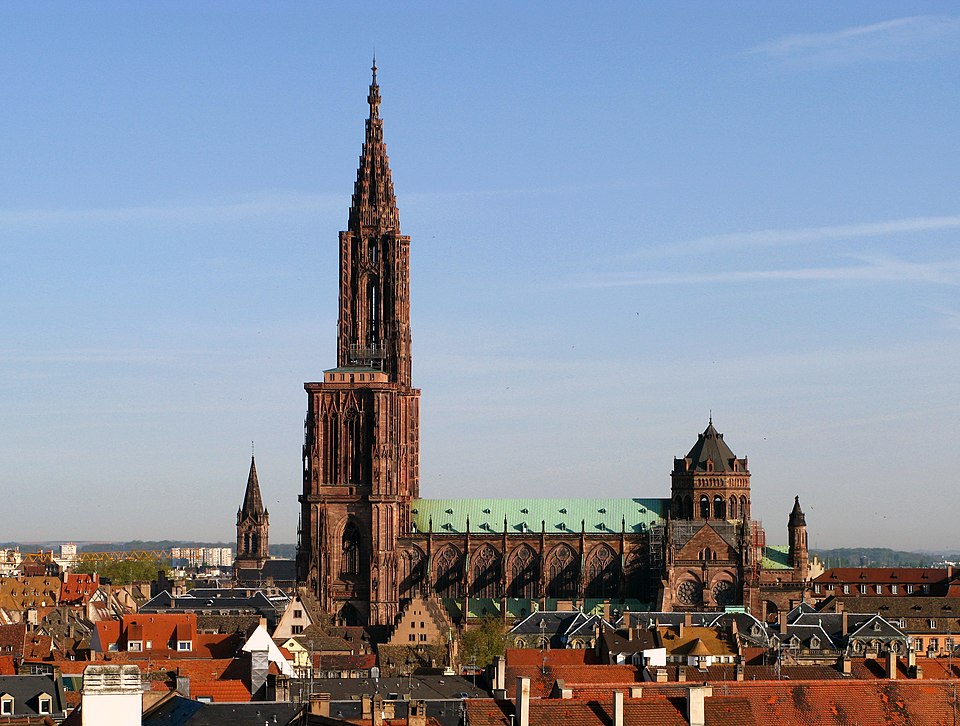
Image by: Jonathan Martz – Via Wikipedia
Key Highlights
- Capital of the Grand Est region of France
-
Headquarters of the European Parliament
-
Strasbourg Cathedral: One of Europe’s tallest medieval structures
-
Home to multiple Christmas markets dating back to 1570
-
Mix of Gothic, Renaissance, and German architecture
-
A city of students, scholars, and lawmakers.
General Information
Strasbourg belongs to the Alsace region, where dialects shift with history. The official language is French, yet Alsatian and German echoes are easy to catch. The city thrives on diversity, education, and diplomacy. Its institutions include the Council of Europe and the European Court of Human Rights.
The University of Strasbourg attracts minds from around the world. A strong sense of civic pride marks the city, bolstered by sustainable transport, green policies, and preserved heritage zones. Strasbourg’s local economy includes biotech, brewing, publishing, and tourism.
The locals enjoy a high quality of life. Trolley lines run through modern suburbs, while canal boats meander through ancient quarters. Restaurants serve tarte flambée and choucroute, paired with crisp Alsace wines or frothy pilsners.
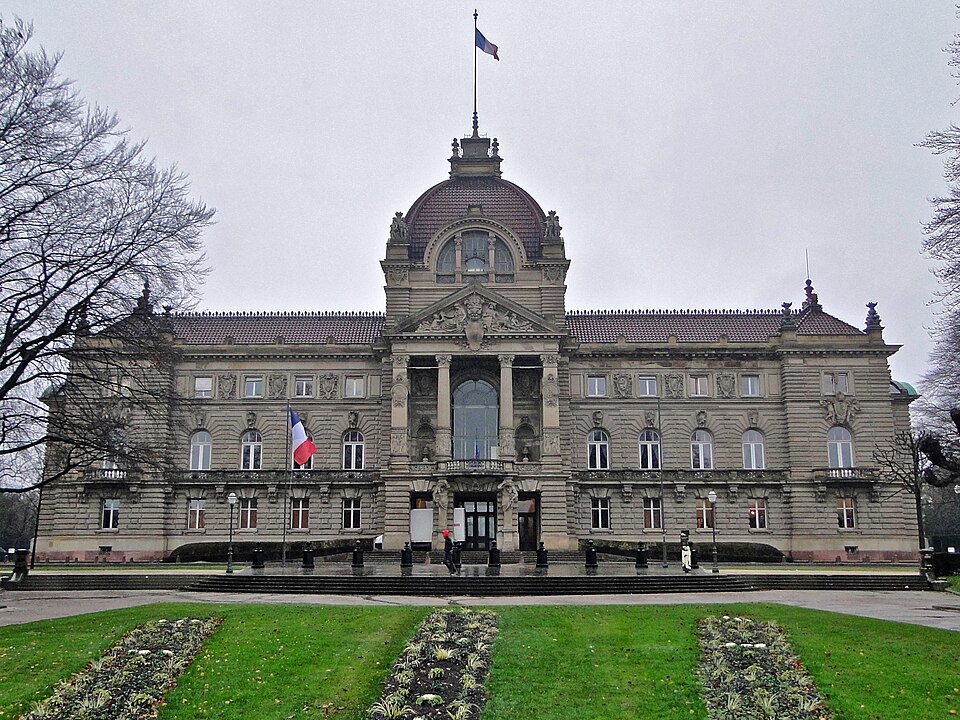
Image by: Alexandre Prévot from Nancy – Via Wikipedia
Geography Information
Strasbourg hugs the west bank of the Rhine River. Its position forms a natural border with Germany’s Baden-Württemberg state. The Rhine Plain stretches to the east while the Vosges Mountains rise in the west.
Key geographic features:
-
Situated near the Franco-German border
-
Lies within the Upper Rhine Valley
-
Low elevation, averaging 140 meters above sea level
-
Surrounded by vineyards, forests, and wetlands
This strategic location shaped Strasbourg as a contested ground for centuries. Today it shines as a symbol of reconciliation.
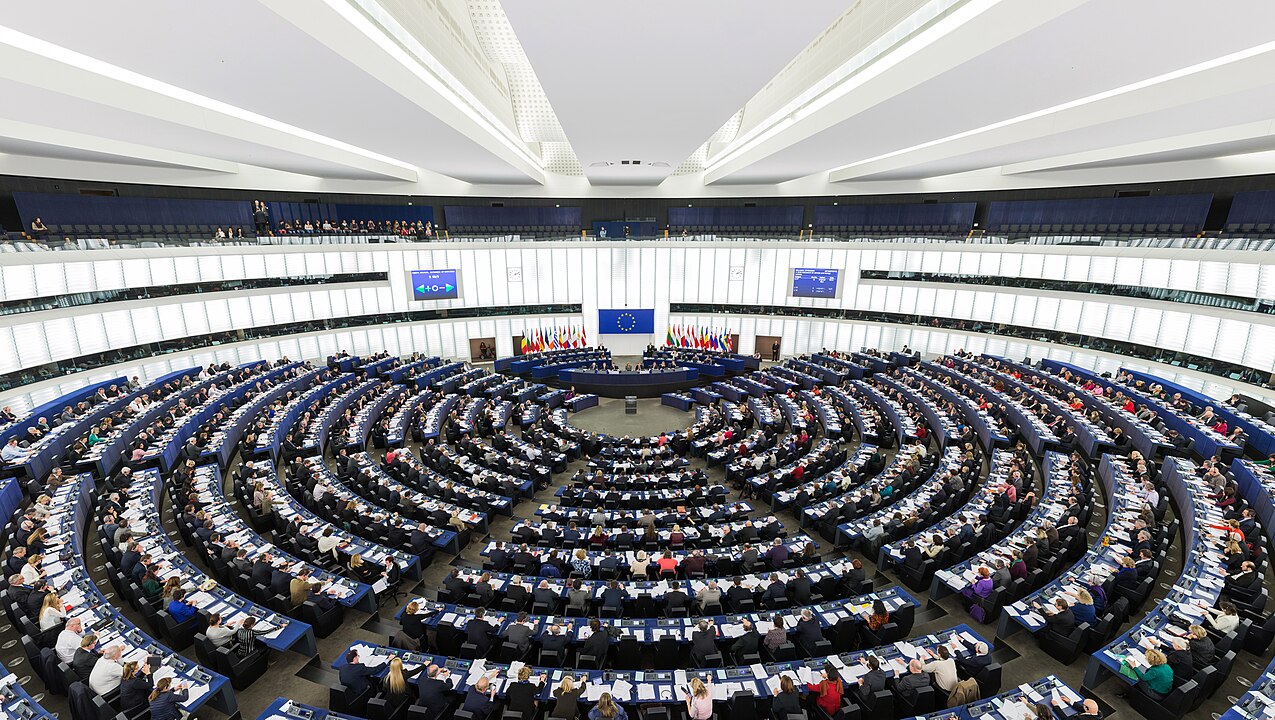
Image by: Diliff – Via Wikipedia
Places to Visit
Strasbourg captivates every kind of traveler. From old-world charm to political gravitas, it holds experiences that linger long after the visit ends.
Strasbourg Cathedral (Cathédrale Notre-Dame)
A marvel of Gothic design. Towering spires, rose windows, and an astronomical clock make it an awe-inspiring structure. Climb the platform for sweeping views.
Petite France
A fairy-tale quarter with timber-framed houses, canals, and cobbled bridges. Once home to millers and tanners, now bustling with cafés and boutiques.
La Neustadt
Built during German annexation, this district showcases Wilhelminian grandeur. Broad boulevards and opulent facades provide contrast to the medieval core.
European Parliament
Modern and symbolic. Open to visitors during plenary sessions. Interactive exhibits explain how EU decisions get made.
Palais Rohan
This trio of museums includes the Museum of Fine Arts, Archaeology, and Decorative Arts. The building once housed prince-bishops.
Parc de l’Orangerie
A favorite among families. Includes a lake, mini zoo, and classic carousel. Excellent for picnics and people-watching.
Covered Bridges and Vauban Dam
A 17th-century fortification built for defense. Offers rooftop views and insight into the city’s military past.
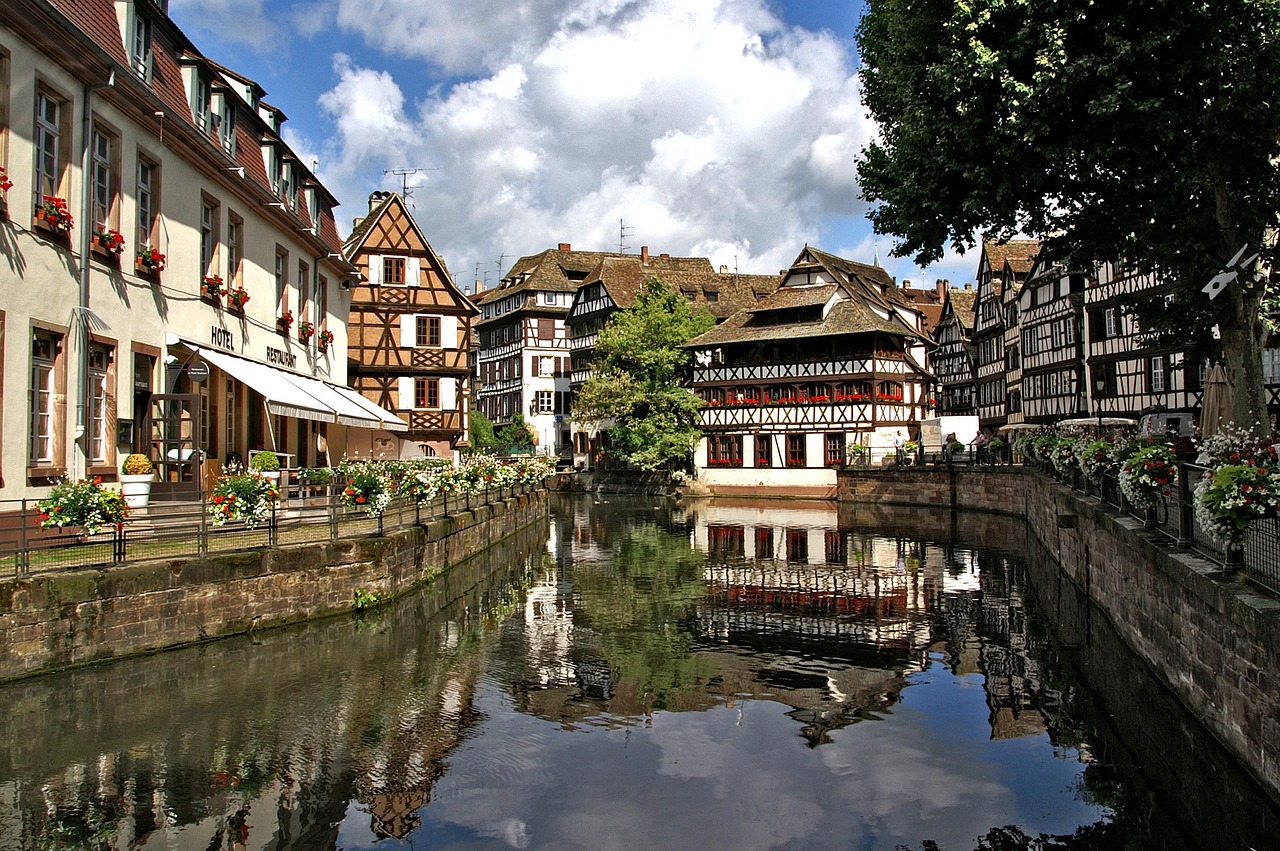
Image by: Monika Neumann from Pixabay
Yearly Climate
Strasbourg experiences four distinct seasons. Its climate falls into the oceanic category with continental influences.
-
Winter (Dec to Feb): Cold and crisp. Occasional snow. Christmas markets bring warmth and cheer.
-
Spring (Mar to May): Mild and blossoming. Parks and flowerbeds awaken.
-
Summer (Jun to Aug): Warm but not oppressive. Perfect for walks and open-air events.
-
Autumn (Sep to Nov): Cool with golden foliage. Wine harvests and cultural festivals bloom.
Rainfall is moderate and spread across the year. Summers may see brief thunderstorms, while winters stay gray with foggy mornings.
Best Time of Year to Visit
The best windows for exploring Strasbourg span from May to June and September to October. These months offer pleasant weather, fewer crowds, and rich cultural events.
Spring
-
Blossoms in parks and riversides
-
Museum Night in May
-
Outdoor café season begins
Autumn
-
Harvest season for vineyards
-
Strasbourg Jazz Festival
-
Cooler temperatures and vivid scenery
December draws crowds for the oldest Christmas market in Europe. Wooden stalls, handmade gifts, and spiced mulled wine enchant visitors of all ages. It’s magical but busy. Booking ahead is wise.
Avoid late July and early August for peak tourist flow. Hotels fill fast, and some shops close for summer break.
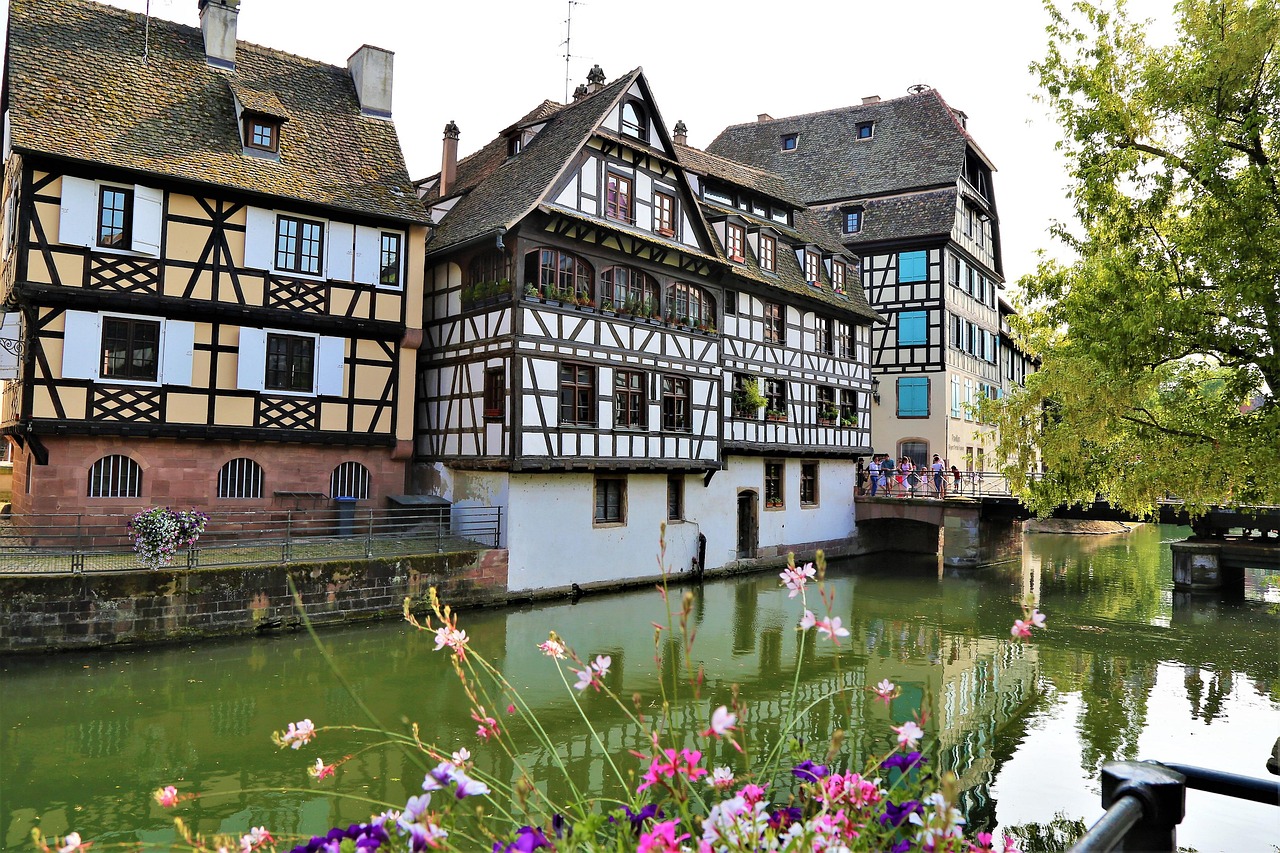
Image by: Konevi – Via Pixabay
In Summary…
Strasbourg stands where worlds meet. A city built by empires, now shaped by peace. Its medieval heart beats strong, while glass-fronted institutions guide Europe’s path forward. One stroll may take you past ancient towers, bubbling fountains, and a bustling tram — all within minutes.
Whether you come for cathedral carvings or council chambers, canal rides or croissants, Strasbourg offers depth and delight. It celebrates its complex identity with grace, making it one of France’s most fascinating destinations.

